

thingsweregood
-
Posts
79 -
Joined
-
Last visited
Content Type
Profiles
Forums
Events
Gallery
Blogs
Store
Posts posted by thingsweregood
-
-
Thanks all for these very helpful tips.
I have yet to locate the drain cock (I have all plastic push-fit pipes, so maybe there isn't one), but it might just involve me removing the elbow joint sitting at the bottom of the engine bay below the header tank and trying to drain it there. Coincindentally, I have a small leak somewhere in the system because I keep needing to top up the header tank/bleed the rads a little bit and I'm 99% sure it's this elbow joint that's the culprit with a slow drip. So will try and replace that at the same time I drain the system.
Tony Brooks - flushing the rads is a great idea, but might need to wait till spring when I paint the inside of the cabin because I'll need to remove them then. Too hard at the moment as a cc'er as not necessarily near a water point to do it!
-
I think I need to bleed my radiators and replace the coolant/antifreeze as I’m not sure how long it’s been since it was last done and I’m getting some overheating errors on my Autoterm diesel heater.
Maybe a very basic question, but I’ve searched and every answer I’ve found says “drain the system and replace with a 50/50 mix of coolant and water”… but how do I best drain the system? Do I just drain it out the same place you bleed a radiator (seems slow and inefficient as the hole is tiny)? How do you then fill it up and ensure no air in the system? Do you fill it up whilst rad bleed points are open?
apologies if I’m not using the correct terminology I’ve never done this before!
I have 3 radiators in sequence linked to a small header tank and an Autoterm heater in the engine bay.
-
17 minutes ago, Bacchus said:
That's a very difficult question to answer - there are a lot of variables. If they are in a rowing boat and you are on the QE2, then - no, probably not. On the other hand if you are in a rowing boat and they are on the QE2, then, yes, there is a very good chance that they will drag you down alongside - BUT, we now get into more variables. Rope length for one. They won't drag you down if there is enough slack in their lines to allow for the increased length demanded by their decreased bouyancy. And there is more; if their decreased bouyancy is exactly equal to the slack in the lines, the coefficient of extensivity of the lines that they have used will come into play.
It's not a simple yes or no answer
On the other hand, life is a turn of the coin, my friend. Not many boats just "sink".
But some do.
I don't really think they'll sink, but it feels like it's kind of bad form, no? I thought the idea was have the outside boat's ropes tied to the bank, not to the other boat (where possible), and not over the centre of the inside boat. Also by mooring half in front of me, and half in front of another boat they hem in two boats for the price of one! We're all narrowboats, if that makes a difference.
-
I'm in London and someone has double moored up against me (I'm on the towpath). This is fine, except they're half moored against me, half against the boat in front of me, with their bow rope going OVER the middle of my boat and tying on to the towpath ring. I can't find any info on this online but I'm sure I've read somewhere you should never run your ropes over someone's roof when double mooring?! If they sunk, wouldn't they just drag me down with them?
-
Hi all,
I am looking to neaten up these joins in my ceiling - would love to hear if anyone has any nice ideas? I was thinking either a very thin (1.5mm thick or so) piece of walnut strip tacked on and painted over to match, or else some sort of flexible poly filler? I'm conscious there might be some slight movement that could cause regular filler to crack and fall out.

-
6 minutes ago, matty40s said:
Ingenious
5 minutes ago, PeterF said:Also great
7 minutes ago, Ray T said:Wow, never knew these existed!
-
I'm looking for a way to adjust how open my hopper windows are - currently either they're fully closed (with the latch), fully open, or I can adjust the amount they're open using a rolled up piece of paper towel wedged in the side of the window. Is there a more elegant solution!?
-
22 minutes ago, Loddon said:
I have an Eberspacher and I use a "GSM switch" based on a mobile phone chip just send it a txt to turn it on and one to turn it off.
https://www.ebay.co.uk/itm/GSM-Alarm-Auto-Speech-Dialler-2G-3G-4G-UK-manufactured-/273017621323?
On the new one there are other commands such as status, signal strength, it also sends me repirts from 4 inputs.
I have the old one that only does on and off gathering dust in my workshop.

Woah this is cool as hell. My webasto might have kicked the bucket (waiting on someone to check it out to confirm) so if I end up replacing it, I should get one of these put in at the same time.
-
7 minutes ago, Loddon said:
Another reason for leaving mine on is that I can then fire up the heating remotely so its warm when we arrive and it txts me and tells me if battery has dropped below a 80%, also the shore power, temperature and charger status.
Must move the water pump switch from under the bed so I can reach it

What system do you have for heating? And what do you use to control it remotely?
-
4 minutes ago, Loddon said:
I leave mine masters and solar on when I leave the boat, inverter and all 12v usb sockets lights etc off.
I have left it for months like that.
Ah interesting. So if it's getting a bit of sun during the day, and nothing is drawing power, it should stay fairly topped up? Just don't understand if batteries discharge (slowly) by themselves with no power draw or not...
-
Hi all,
If I'm away from the boat for a few days (no shore power), and I wont be around to monitor that the batteries are staying topped up via solar, is it best practice to fully charge them, then turn them off at the isolator before I leave? Will they stay charged when switched off like this (no draw on power)? Or do they slowly discharge regardless? Is it better to leave them on, but have nothing drawing power (inverter off, all 12v electrics off etc)?
Thank you!
-
3 minutes ago, David Mack said:
Your units are all over the place!!
Assuming that annual figure of 168 is in KWh (the standard domestic electricity 'unit'), then the daily average use is 460 Watt hours, which over 24 hours equates to an average power consumption of 460/24 or about 20 Watts, which will draw something like 2 Amps average current from a 12V battery. But for a power audit you need the daily consumption in Ah, which is about 46 Ah.
But as I said above this assumes that the manufacturers figures and your use pattern are typical.
So assuming 'typical' use and roughly accurate manufacturer figures, I should take 46 Ah as the figure to enter on my power audit?
I also FINALLY managed to find the brand name/model number of my batteries on the unit (those 68kg guys are hard to move in a small space!): I've got 2 x Deka Unigy HR7500ET. I can't tell what the Ah/capacity of these would be?

-
3 minutes ago, David Mack said:
Manufacturer's energy consumption data is based on a particular type of usage. Yours will almost certainly be different. It varies with the temperature setting you use, how full you keep the fridge and how often you open the door, whether it is a larder fridge or has an ice box, as well as the ambient (cabin) temperature and how well ventilated the coils on the back of the fridge are. So rather than trying to fathom something out from the data it might be better to rely on those boaters who have measured their fridge consumption. This has been covered in previous threads, although you will have to dig around for it.
Cool, will do some digging.
-
I'm going to attempt to do a power audit so I know what I need to be prepared for after summer (currently 720W solar is covering my needs, but notice things get a little low after a few cloudy days).
The boat currently has a 240V LEC under counter fridge freezer, model T50084W. Unknown age, looks to be a good few years old, but seems to work well. I want to assess how much power this uses if left on 24 hours a day, with the inverter. Then I can figure out if I'm better going with a 12V fridge, a newer 240V (not sure if you can get more efficient than A+ forn undercounter fridge/freezers?), or if the current setup is fine.
I have a Victron Phoenix 12/800 inverter, plus 1 x starter battery and 2 x Deka Unigy HR7500ET lesiure batteries (750W?? Can't tell capacity)
I can't tell from the spec sheet below how many watts the fridge uses or how to work out how many watts per hour (so I can then work out the amp hour draw).
I also am not sure how much draw from the battery the inverter uses being on 24/7... Does this model inverter have a 'sleep' mode whereby it turns itself off when no/low power is being drawn (eg, if fridge compressor is not running)? ⁉️

-
2 hours ago, David Schweizer said:
I know them as Surface Slide Bolts, used to secure slim cabinet doors. They are still available from:-
https://www.locksonline.com/Furniture-Ball-Bolt-with-Straight-Slide-Surface-Mounted-1051.html
Oh great! This definitely gives me something to go off.
2 hours ago, Tracy D'arth said:Mable? Bolter?
Are they drop back windows? Is there a hole in the glass? Or two?
Drop back - I guess, yes. No hole in the glass, they're just glued on, and the slider fits into a recess in the window fitting. Very low profile - 5mm.

-
Can't find these style of window catches online anywhere - anyone know what they're called? They just stick on to the hopper window with double sided tape.

-
16 minutes ago, Sea Dog said:
Well, not really. Whilst the Engine might typically use 1.25-1.5 litres per hour, and the Eber maybe half that, your original question was whether to use them together or separately. Either way, they'll both use the same per hour individually, so the total will be the same - however you use them.
I meant more that if I were to get a double coil calorifier I would be reducing fuel consumption by killing two birds with one stone so to speak, where as currently I'm keeping the processes separate (even if the fuel consumption isn't exactly the same rate for eber/engine)
-
9 hours ago, ditchcrawler said:
Why be sad, most who have replied to you here wouldn't be. Boats are for cruising if possible.
Oh, I'm not actually sad! I suppose I meant it in the 'things are just a little more complicated if you're never in a marina' with regards to power, water etc.
-
2 minutes ago, ditchcrawler said:
For when you are tied up in the marina with a 240 volt power supply like quite a few are most of the time
Ah yeah, that's not me sadly.
-
20 minutes ago, David Mack said:
If your calorifier has an unused immersion heater boss you can fit a conversion coil - there is a previous thread on here.
What would an immersion heater be used for in a nb calorfier and why?
2 minutes ago, Tracy D'arth said:You can fit another flange to the calorifier for a hot rod conversion with either a soldered in brass flange if its a copper calorifier or an Essex 2 1/2" flange kit. There is a guy in Warrington who makes and sells any size of conversion rod you want on ebay.
Does this essentially make a single coil calorifer into a twin coil on by way of retrofitting it with a stick that heats up via the engine? Sorry wasn't sure if this reply was in reference to my question or Wanderer's
-
6 minutes ago, Wanderer Vagabond said:
I'd certainly run with the double coil calorifier at some time in the future if I were you (that is what I have, not that I'm biased
 ). As others have said I can't see any problem with running both together but you will be using twice as much diesel. My Eberspacher uses about a litre of fuel an hour, as does the engine whereas during the cruising season (Jan - Dec
). As others have said I can't see any problem with running both together but you will be using twice as much diesel. My Eberspacher uses about a litre of fuel an hour, as does the engine whereas during the cruising season (Jan - Dec ) I don't need to use the Eberspacher for hot water since the engine supplies all that is needed whilst still only burning about a litre an hour.
) I don't need to use the Eberspacher for hot water since the engine supplies all that is needed whilst still only burning about a litre an hour.
The main use I have for the Eberspacher is for that period in the year when you need some heating (Octoberish), but when the coal fire will turn the boat into a sauna.
Ah yes, good shout on the double fuel consumption. Maybe it's better I get the calorifier replaced sooner rather than later then, as I'll probably end up spending the cost of the unit on just fuel consumption between now whenever I was planning on getting it replaced! Which model of double coil calorifier do you have?
2 hours ago, ditchcrawler said:Running it while the engine is running will supply it with the best voltage, take nothing from your batteries and not disturb anyone with the noise it makes
Got it! Good to know I won't be breaking anything by running them at the same time. Thank you!
-
I have so many dumb questions I should probably start a thread just for them...
I have a single coil calorifier, with hot water heated by an eberspacher (no idea of the model). I just press a button, it fires up, I leave it for an hour or two, and then I have enough hot water to last me 24 hours or so.
As my engine doesn't heat the water (I've been told to fit a double coil calorifier but that will have to be a job for another day...). I'm relying on the eberspacher alone for this.
What is the most advisable method in order to not damage any components? Run the eberspacher whilst I'm cruising or have the engine going, to take advantage of the fact that the batteries are charging at the same time (I assume the eberspacher uses some battery power in addition to diesel)? Or only run them separately as they're both using diesel, or some other reason I don't know?
Thank you!
-
46 minutes ago, Tony Brooks said:
Unless there is a mini-bulkhead between the area you are describing and the under engine area I think taking the pump out of the plastic tub is a BSS failure and what you did may have opened you to persecution buy the environment agency by pumping oil contaminated water into the canal. It's still probably illegal but would pump such water into containers and pour it along the hedge line. If the area between the engine beds, the bulkhead and the triangular section under the gland is all in one put the pump back in the tub. Then once you have cleaned the under engine area properly use white bilge blankets to absorb the oil and fuel drips.
Yep, caught the water in a bucket and put into various containers! Trying to avoid contaminating the canal we all live on
 Will put the pump back into the tub.
Will put the pump back into the tub.
Interesting about the BSS thing... I had no idea. So what's the purpose of keeping the pump in a little plastic tub below the prop shaft then? I think the areas might be different, because there was a bit of water below the engine, at the furthest area away from the rudder, but that was definitely clear, where as under the prop shaft had the black sitting on top. Hard to see if there is mini-bulkhead dividers as it's hard to get down there. -
Thanks all!
Got someone to have a peep at it, and you're right - it was oil sitting on top of water. Engine oil is at a good level, as is water/antifreeze etc. Just need to put a bit of extra oil in the gearbox.
One thing was that the bilge pump was sitting inside a plastic tub floating in the bottom of the engine bay so when I turned it on it wasn't pulling any water through, as it couldn't get to it. We popped the pump into the water and cleaned it out, and soaked up the surface oil with some pads.

.jpg.dc39051ac018b94f8ee216d0692cdf94.jpg)
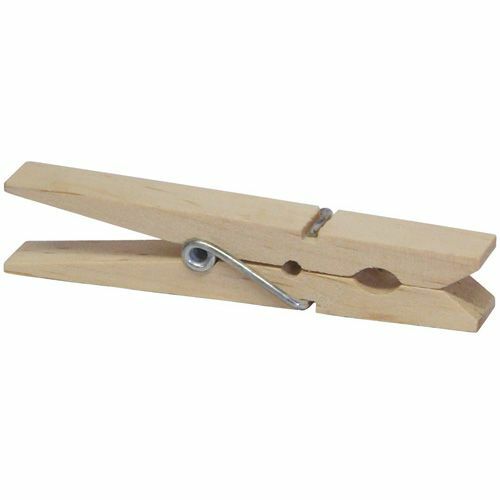
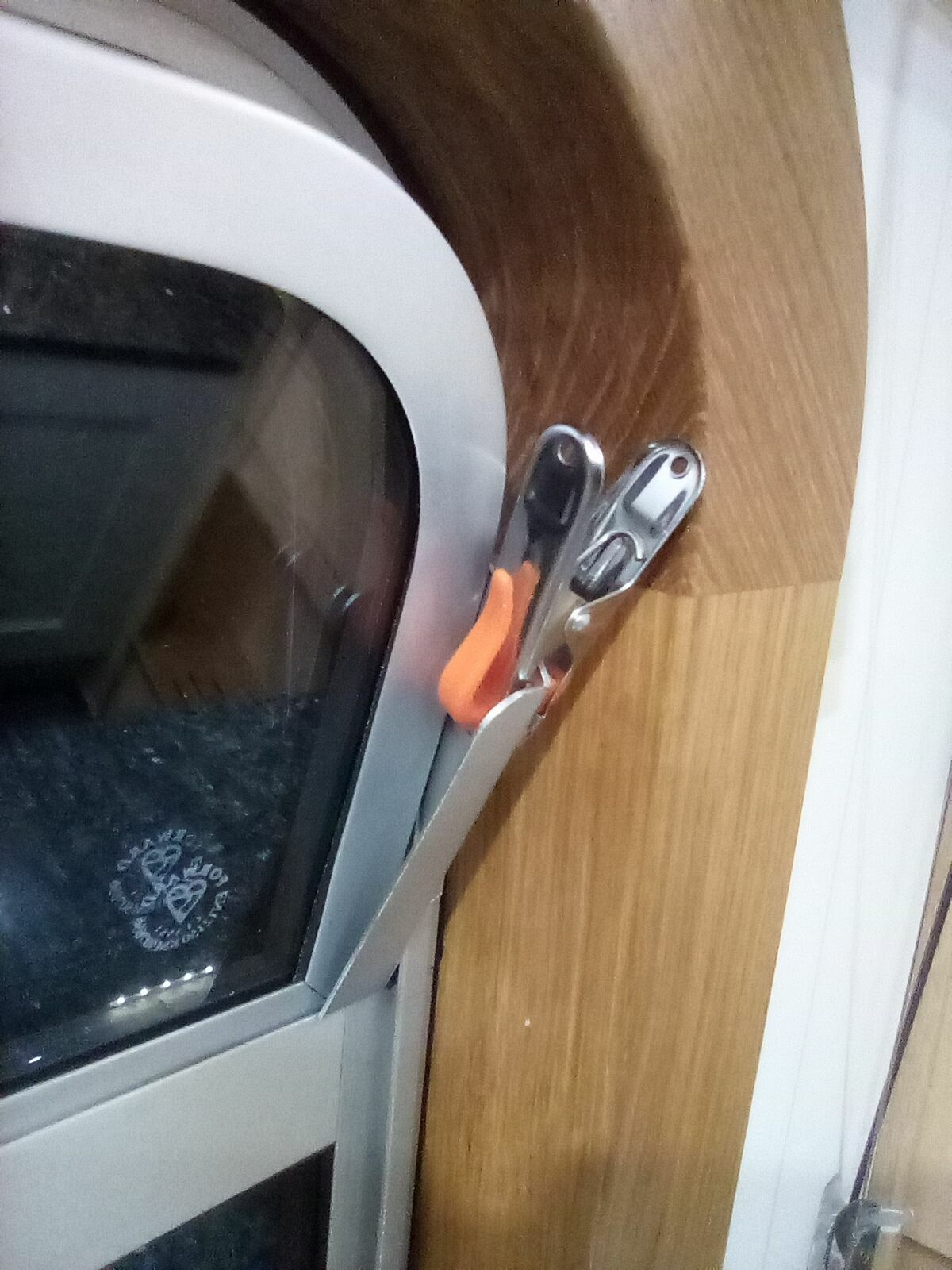
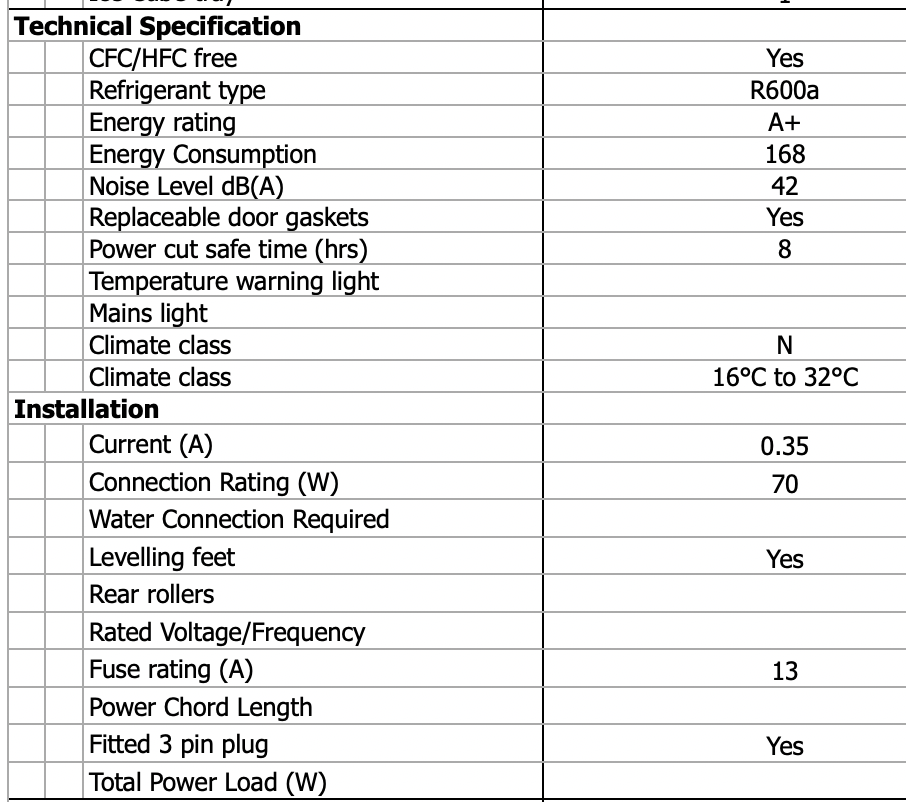
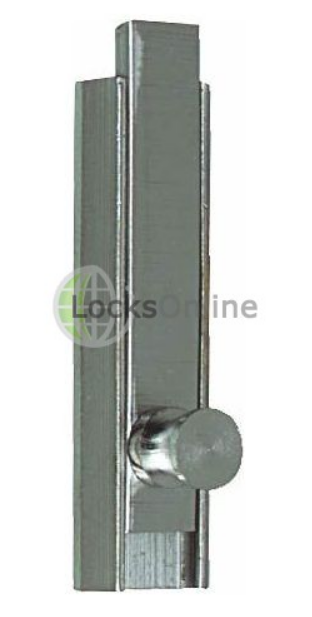
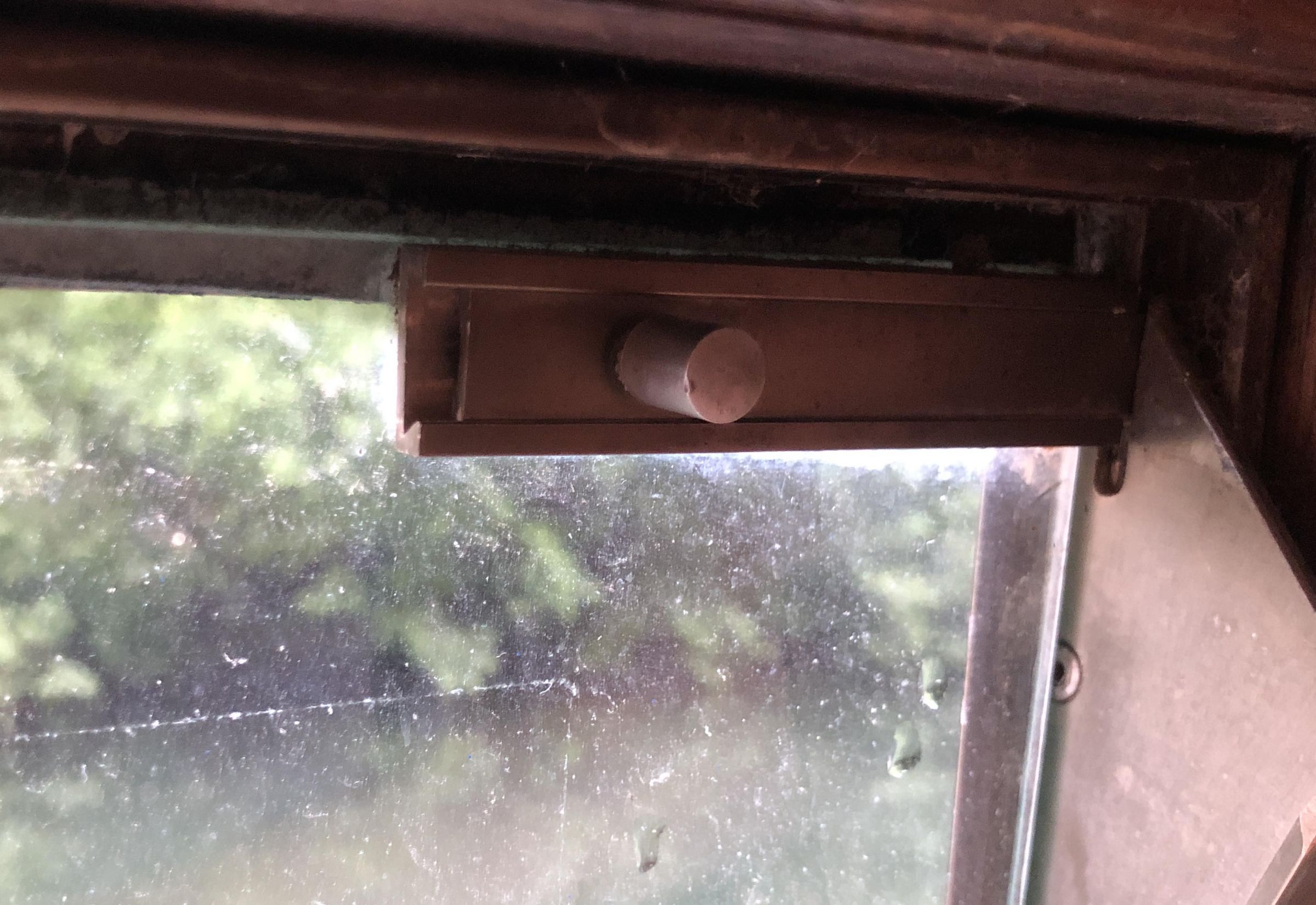
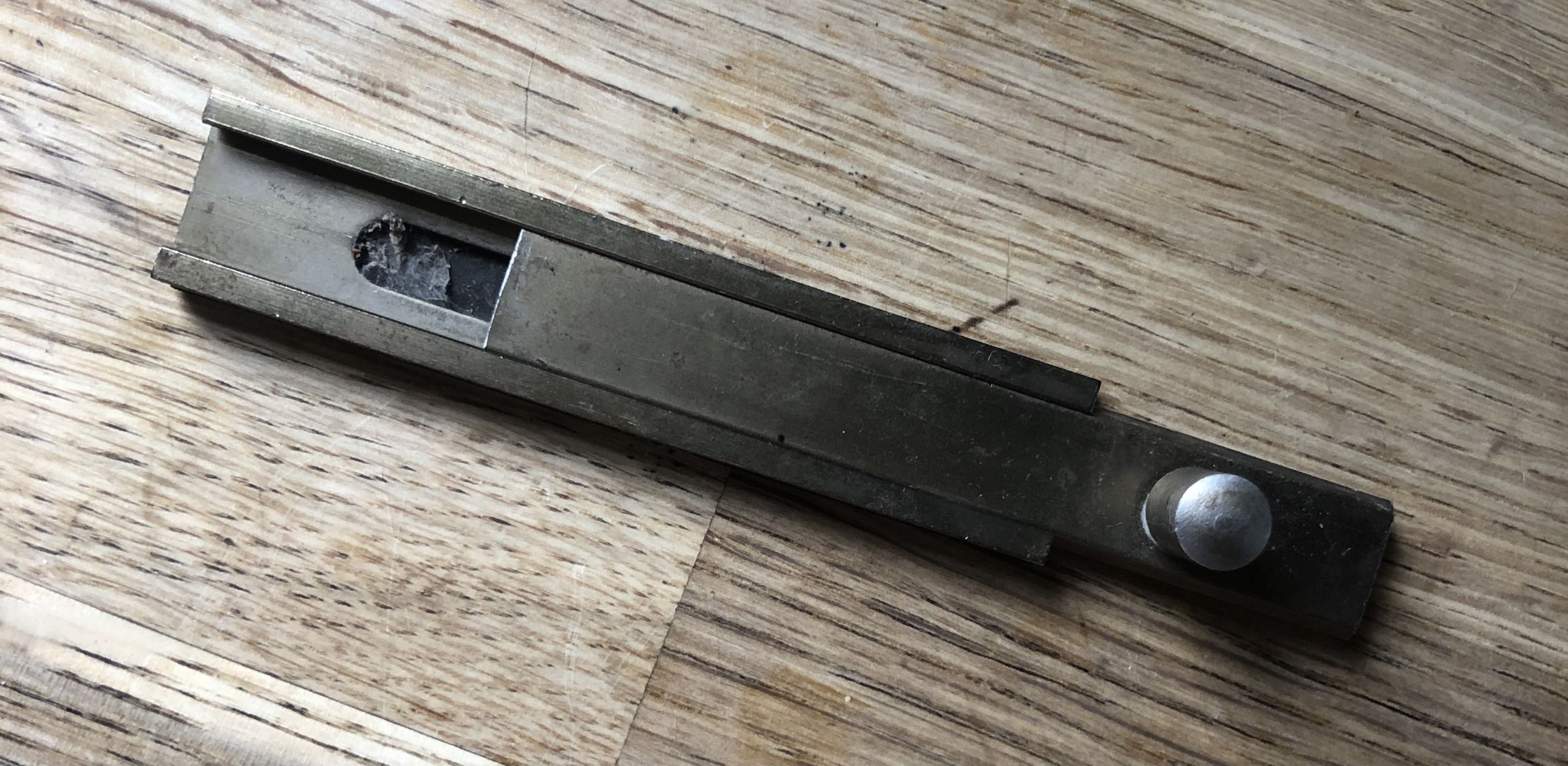
Draining radiator system
in Boat Building & Maintenance
Posted
Would sanding down the pipe with some fine grain sandpaper work to smooth out any burrs? I assume that would prevent future leaks once seal/elbow is replaced.